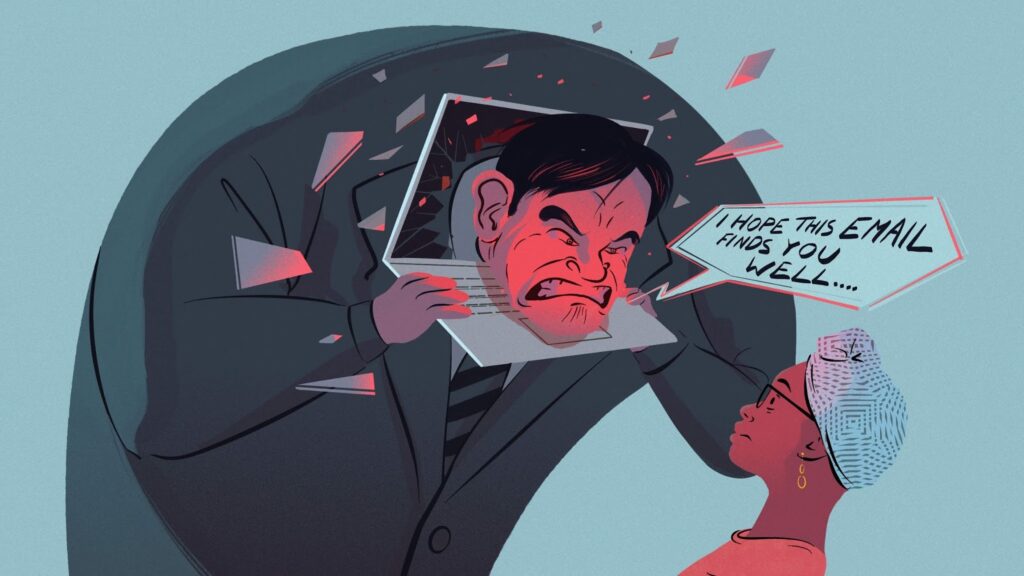The onboarding process is a staple of the corporate environment. Most companies ensure that new employees go through introductions with colleagues and superiors, get familiar with the company policy and culture, and ease into their new role. By using a strong onboarding process, organizations improve new hire retention by 82%, according to a Glassdoor report. But how does this information relate to your work as a freelancer?
Dawn Baird, the owner of communication consultancy Sensei, uses a regimented onboarding process — not for employees, but for taking on new clients. “If you’re organised from the start, with a firm process in place, and stick to it, it reassures clients. Especially if they have any concerns about working with a sole-trader.”
Just like companies use onboarding to keep their employees for longer, you can use it to build better, long-lasting relationships with your clients. A set process ensures the client knows what they’re getting, and there are no misunderstandings later on in the collaboration regarding the scope of work, availability, pricing and more. “If we ever hire new staff, it’d also be there for them to follow in our absence,” Baird adds.
If you’ve never had an onboarding process, it’s time to consider the many benefits it offers. Here’s a guide to help you get started, with basic onboarding stages that work with most types of businesses.
1. Have an introduction call
Recruiters often claim that onboarding starts as far back as hiring in order to provide the candidate with a good first impression of the company. The same goes for taking on new clients. If you’re organised and professional from the first point of contact, you’ll make a good impression that can lead to landing that client. On top of that, it can help you screen out work that does not suit your needs, and save you time.
“We have a quick 15-minute intro call where we position ourselves as a business, understand the challenges of the project, and then float some prices.” Simon Hutchings explains. He started his freelance journey as a Design Professional 15 years ago and now owns Visualise.
“We get bombarded by people wanting lots of things but some of them don’t have the budgets,” Hutchings clarifies. It’s important to qualify these people out “so you’re not wasting your time with creating proposals or trying to understand the project more.”
2. Prepare a proposal
Baird agrees with Hutchings’ advice for an introduction call. Once that’s done, she sends follow-up email on the same day or the day after. This is important for the next step, as in the email she asks for “any further documents or information they mentioned on the first call, to enable us to write a proposal.”
The proposal is another way to set expectations right from the start. This can prevent arguments later about additional revisions, and especially about the invoices. “Potential clients appreciate a clear proposal, where they can see at a glance how much their project might cost.”
Hutchings takes the proposal stage even further, by sending out a questionnaire about the client’s business. “This gives us a granular understanding of exactly who they are as a business and what their requirements are.” Once he receives that back, he can prepare a proposal that best represents the project.
3. Sign a contract, T&Cs, and send the first invoice
If the client accepts the proposal, you must have proof in writing that they agree to your prices, even if it’s just an email. It’s also important that they understand your terms of work, such as working hours, copyrights, start-of-work date and payment schedule. Some freelancers have a standard contract, while others use a letter of agreement (which is not as complicated but just as abiding). You can also get the client to sign the proposal as confirmation.
“For me, the T&Cs is the most important part of onboarding,” says Baird. “It seems like it’ll never be needed, but within three months of a solicitor drawing it up, it had paid for itself several times over. If you don’t have one, it makes you look like an amateur.”
Depending on your agreement with the client, alongside the contract and T&Cs, you can also send the first invoice. Even if it’s just for 10% of the work, it’s a great way to know that the client is serious and reliable.
4. Request information needed for the project
After everything is confirmed, it’s time to start working. To prevent a back-and-forth and any bottlenecks, it’s good practice to have a standard checklist for new clients. The items on the list mainly depend on the type of work you do, and it should include all of the information you need to finish the work.
For example, if you’re a Social Media Manager, the list should include passwords to all of the client’s accounts, key assets like the company logo and promotional pictures, and any brand guidelines they have. This is also a good place to ask for information for invoicing and the contact details of anyone involved in the project.
5. Set up communications and project managing software
Communication is key if you want to keep clients happy and retain them for longer. That’s why freelancers choose to schedule check-ins right at the beginning of the process and ensure their clients know how to get in touch and follow the progress of the project.
“We set them up with a new Asana board, add them to a new, dedicated Slack channel, and introduce ourselves by email to all the parties involved,” Baird details. “Then we schedule a few kickoff team calls, as well as follow-ups with individuals to get the various parts of the project started.” From that point on, once all of the steps are completed, hopefully, it’s smooth sailing.
How to create a successful onboarding
“Documenting is key. Don’t leave anything to memory,” Hutchings stresses. “Go through the same process religiously, so you know where you are with every client and you’re confident with what you’re doing.”
“Internally, it helps to have a software system to manage this process,” Baird adds. “We use Basecamp because it has a simple dated task list feature. We always know what’s next in the onboarding process. At the end of that, we switch to the external management system, (in our case, usually Asana) and work from there.”
Hutchings shares that he used a professional consultant to create his onboarding. “If organising isn’t your strong point, seek help from people who this is their strong point. The person I hired was able to digest my processes and put them into a format that is optimal for my business.”




